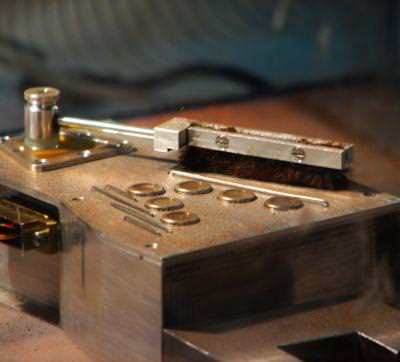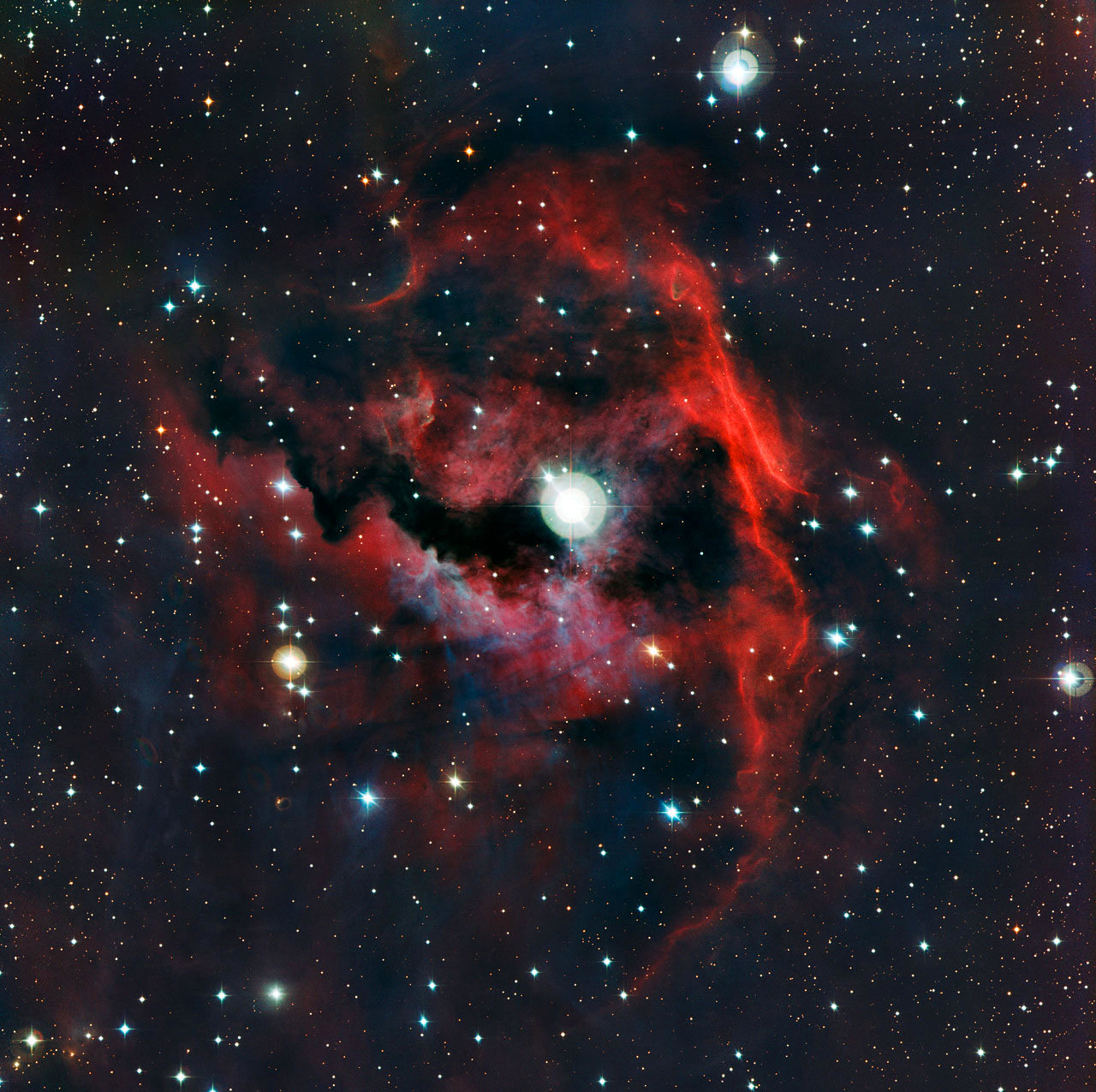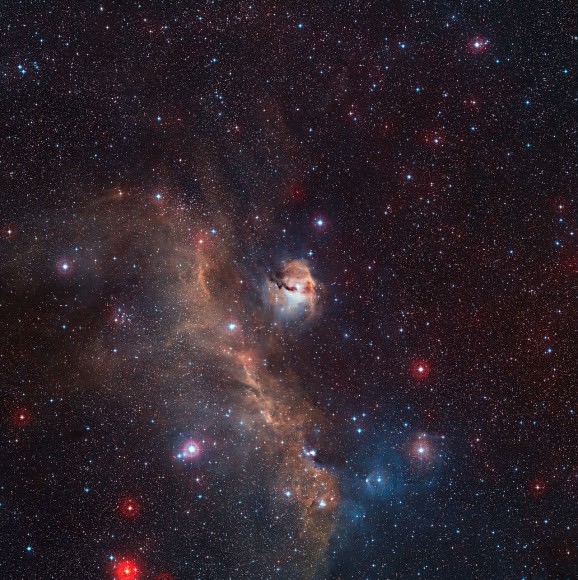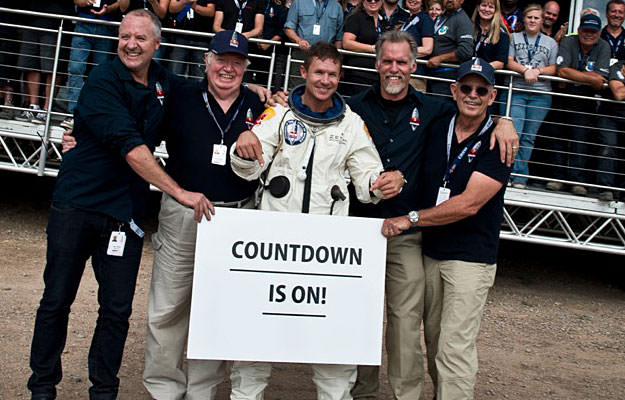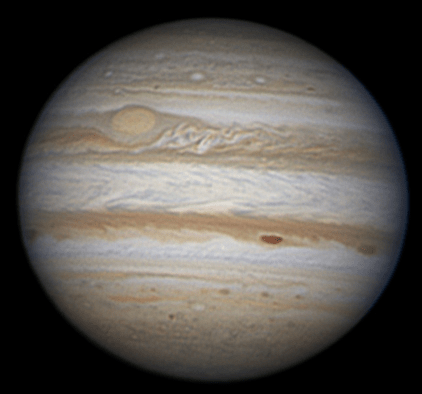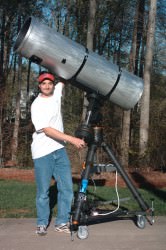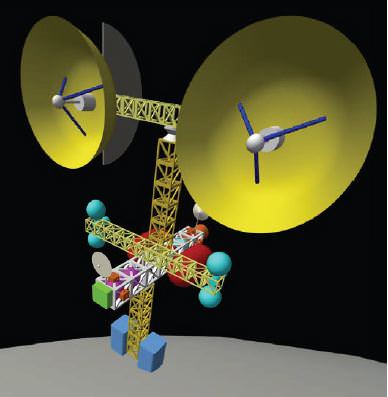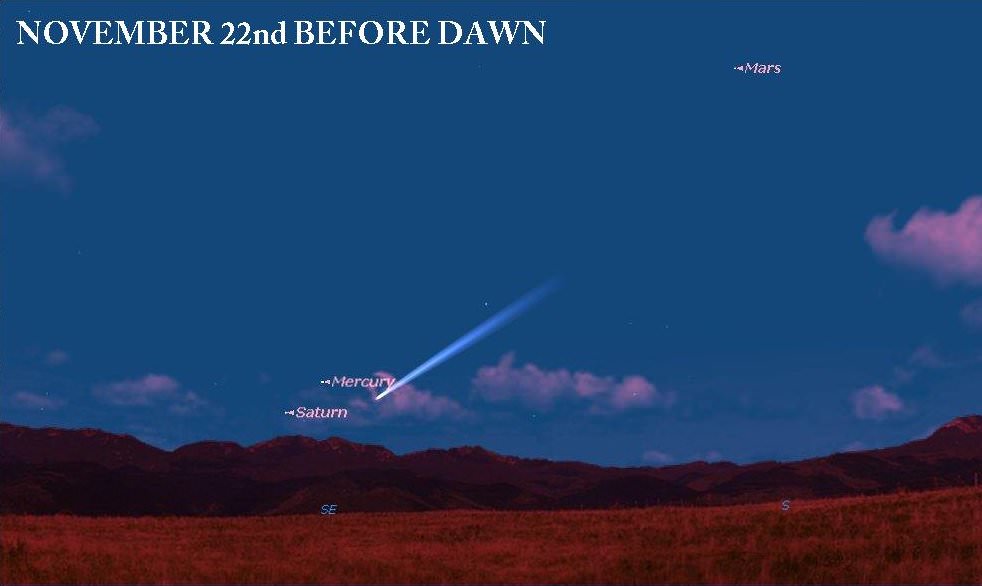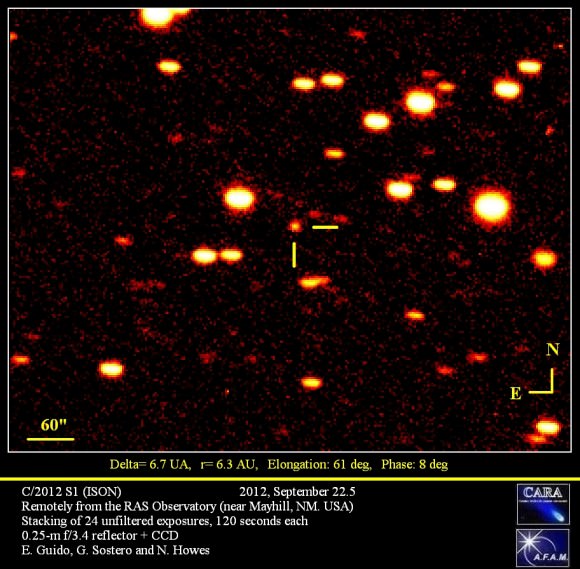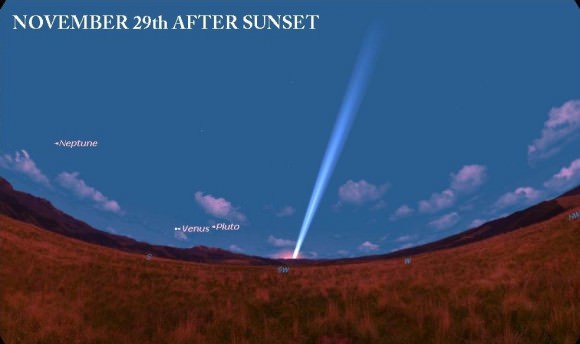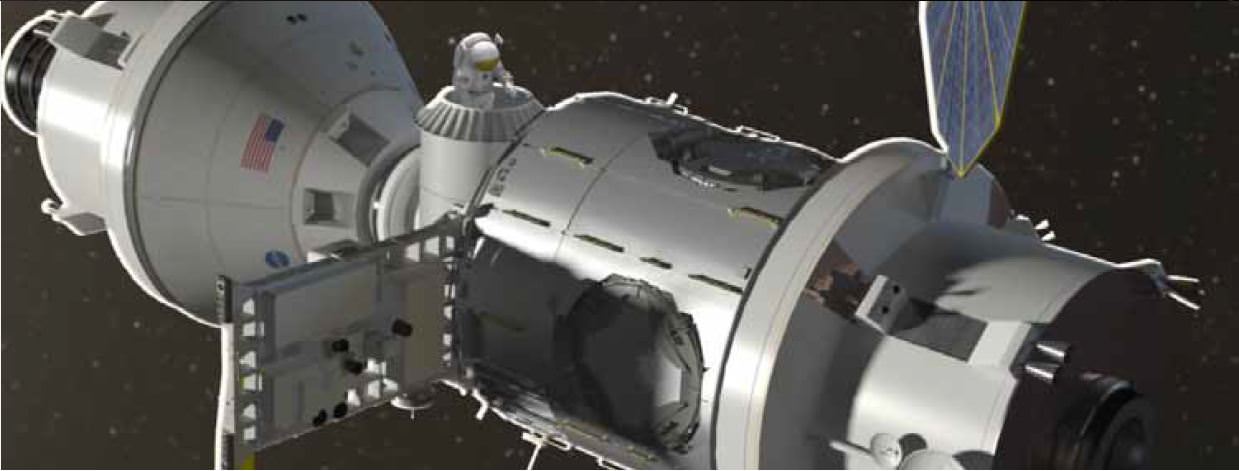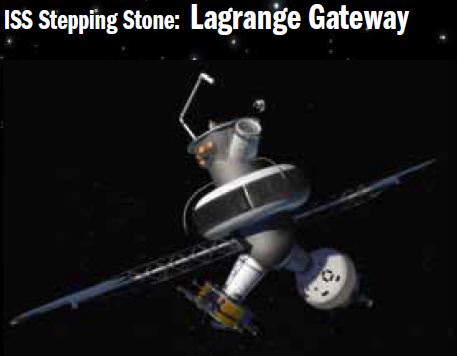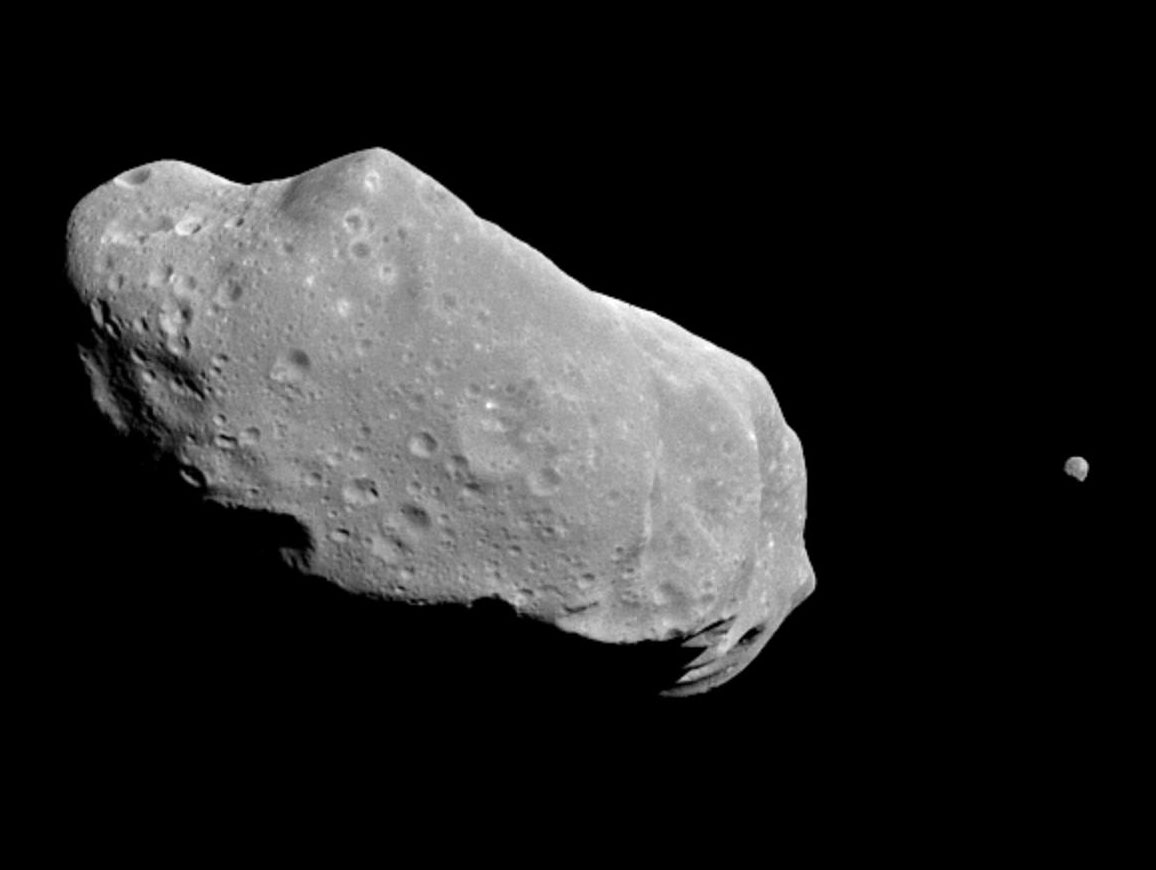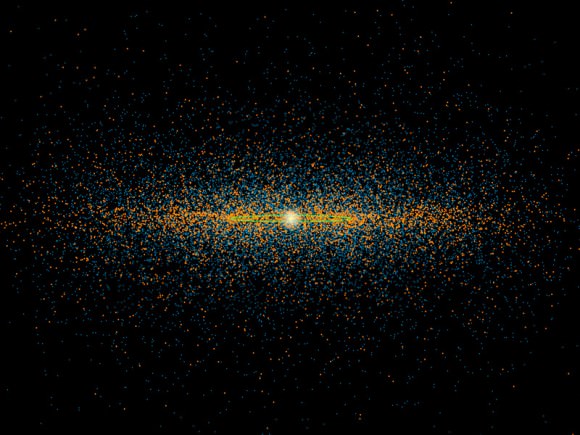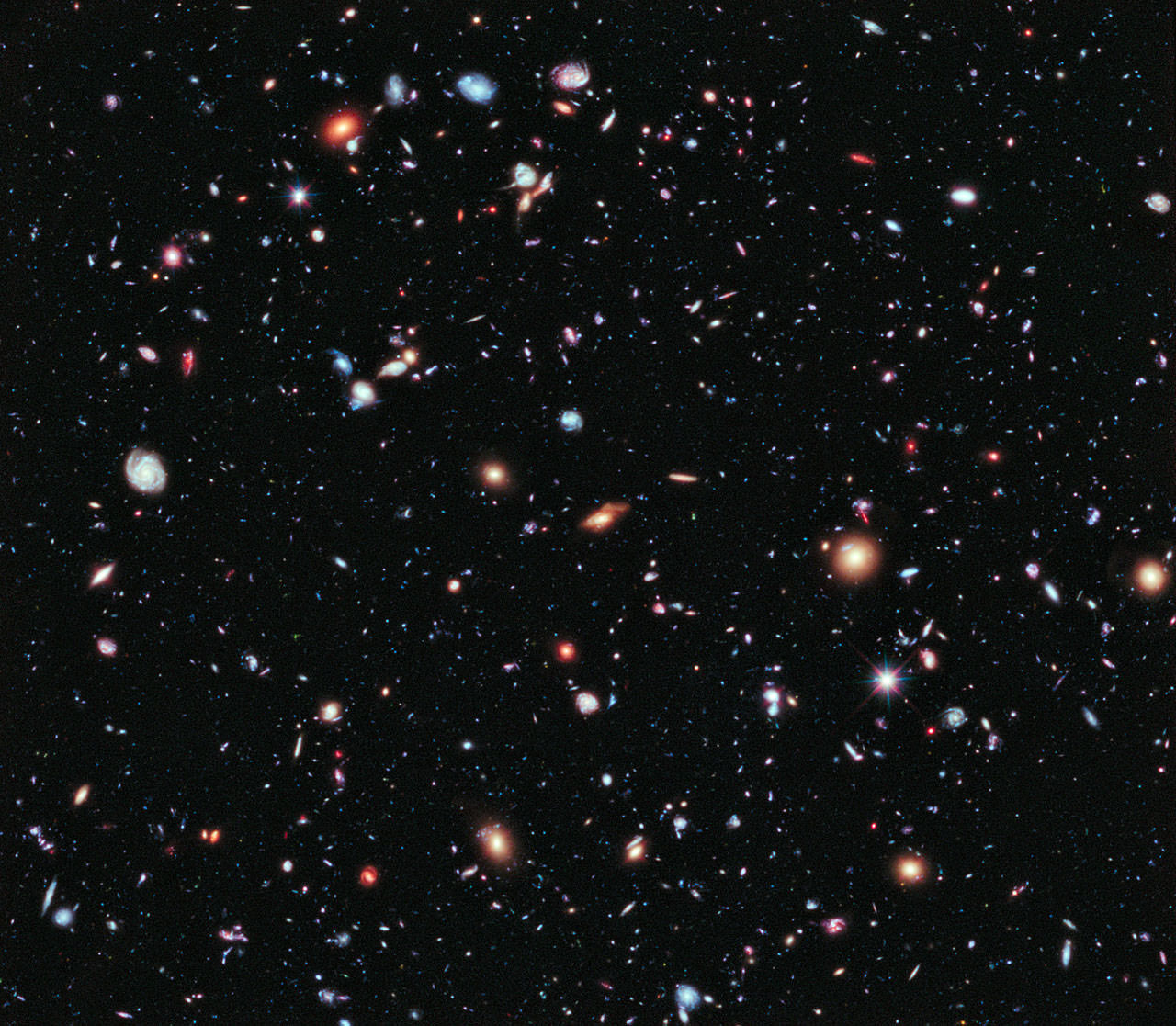A device that works as a windshield wiper to eliminate Mars dust from the sensors on Mars spacecraft. Credit: UC3M
In the past when we’ve discussed how dust accumulates on the solar panels of the Mars Exploration Rovers, Spirit and Opportunity, the most-often posted comments on those articles usually said something like, “They should have developed a windshield-wiper-like device to get rid of the dust!” Our readers will be happy to know such a device has now been invented. A team of researchers created extremely lightweight wipers that could be used to remove dust on Mars spacecraft. In fact, the researchers from Universidad Carlos III in Madrid, Spain developed the device for the Curiosity rover, but unfortunately, it wasn’t used for the MSL mission. But it’s ready to go for future Mars landers and rovers
While Curiosity doesn’t have solar panels, (it instead uses a longer-lasting RTG for power – a Thermoelectric Generator, which is a power system that produce electricity from the natural decay of plutonium-238) it does have sensors that can be affected by the accumulation of dust, such as the meteorological station, the Rover Environmental Monitoring Station (REMS).
The UC3M team created a brush made up of Teflon fibers, designed to clean the ultraviolet sensors on REMS.
“In our laboratories, we demonstrated that it worked correctly in the extreme conditions that it would have to endure on Mars,” said Luis Enrique Moreno, a professor who was head of the project, “with temperatures ranging between zero degrees and eighty below zero Celsius, and an atmospheric pressure one hundred times lower than that of the earth.”
Because weight is an issue when launching objects to other worlds, they used a very lightweight material for the wiper actuators, made from shape memory alloys (SMA), a very light nickel and titanium alloy that allows movement when the composite is heated.
“The main advantage is that these alloys produce a material that is very strong as related to its weight, that is, a thread of less than one millimeter can lift a weight of 4 or 5 kilograms,” said Moreno. “The problem presented by these mechanisms is that, because they are based on thermal effects, they are not as efficient as motor technology, although they are much lighter, which is a very important consideration in space missions.”
This group and other research groups at UC3M are currently working on a second, more elaborate prototype based on SMA technology. It will be used to clean dust from fixed meteorological stations that would be part of the MEIGA-METNET mission, a proposed Mars lander developed by Finnish Meteorological Institute, along with groups from Russia and Spain to do atmospheric observations, but which is not yet part of an official mission yet.
Here’s a look at the proposed unique landing proposed for METNET:
“We are also using this technology to develop the exoskeletons used to aid people with mobility problems, trying to substitute motors with these materials, in order to reduce the devices’ weight and increase agility in their use,” said Moreno, adding that this new product could even be used in the future to improve the joints on the gloves used by astronauts during EVAs.
Source: Universidad Carlos III

